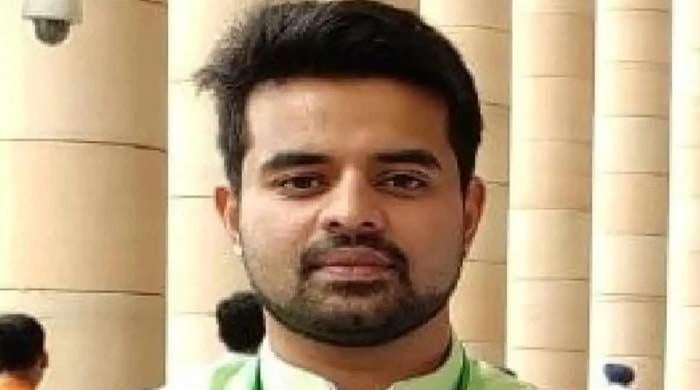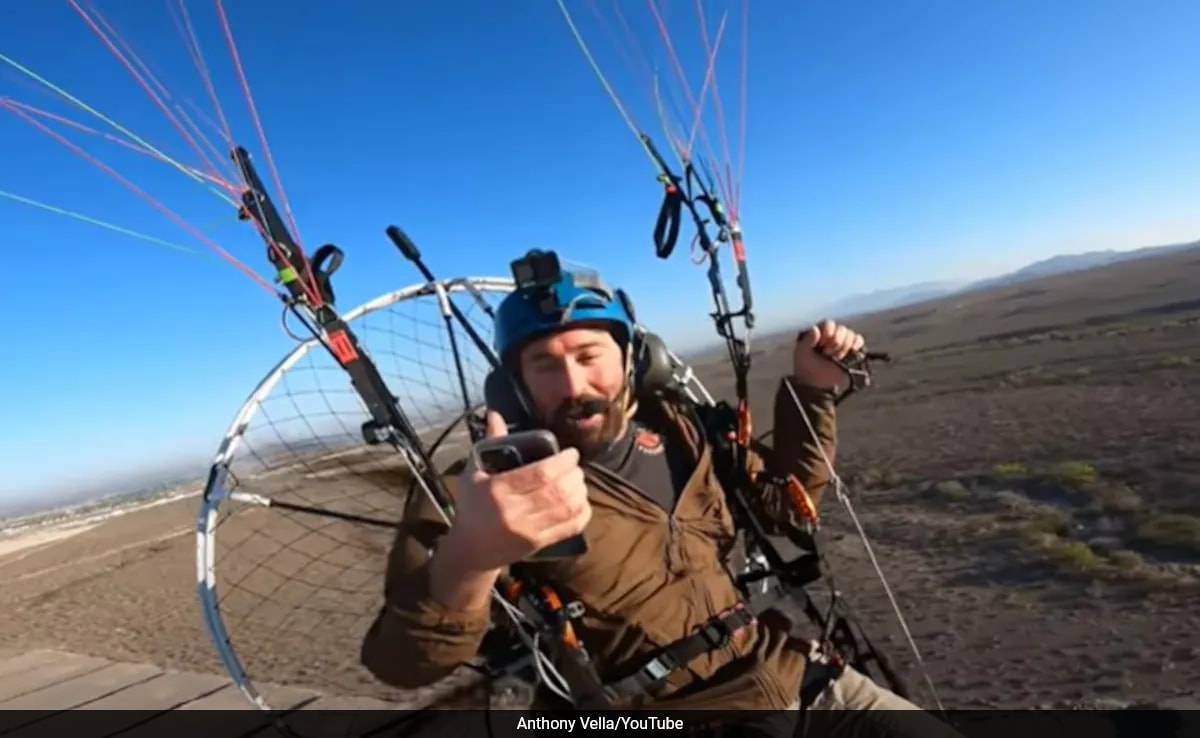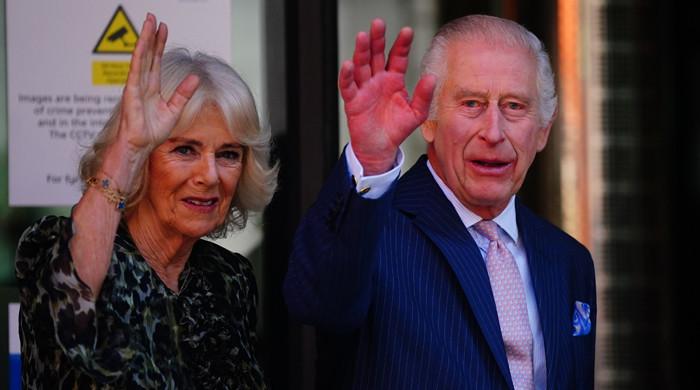
The test was led by Dr G Satheesh Reddy, former scientific adviser to the defense minister.
New Delhi:
It was a celestial encounter unlike any in Indian history, like a bullet being fired at a distance of nearly 300 kilometers.
Five years ago today, Indian defense scientists shot down a satellite built by the Indian Space Research Organization (ISRO) and India celebrated this unique “kill” achievement.
Recalling the moment, Dr G Satheesh Reddy, former scientific adviser to the defense minister and the leader of the test, said: “The anti-satellite capability played a deterrent role in protecting India’s space assets. The test was conducted smoothly and secretly. years ago”.
When the Indian-made satellite Microsat-R came into view on March 27, 2019, scientists at the Defense Research and Development Organization (DRDO) were waiting patiently. A missile was launched from Dr Abdul Kalam Island in the Bay of Bengal and less than three minutes later the satellite was blown to pieces.
The test, codenamed “Mission Shakti,” was hailed as a huge success as only the United States, Russia and China have so far conducted anti-satellite weapon tests. The test has also been described as akin to conducting a surgical strike in space.
sitting duck
India has shot down a low-Earth orbit satellite using a kinetic weapon, demonstrating its ability to defend its space assets and destroy any satellite that poses a threat to its 50-odd satellites on which the country has invested over Rs. 500 billion rupees.
Until recently, these satellites were the largest constellation of their kind in the Indo-Pacific, and they need to be protected very aggressively because they are “sitting ducks.”
a speck in space
Prime Minister Narendra Modi did not confirm which satellite was shot down by DRDO in his speech that day. It was later discovered that this was a satellite named Microsat-R that was launched by the Polar Satellite Launch Vehicle at an altitude of 283 kilometers on January 24, 2019.
A DRDO scientist said that the “Shakti Mission” showed that India can proactively destroy any satellite operating at an altitude of 300 kilometers and that the country has been capable of conducting anti-satellite weapons tests for at least 15 years.
Shooting down a satellite at this altitude is not easy since it travels at about 28,080 kilometers per hour, or 7.8 kilometers per second, and targeting such a small speck (as the satellite appears at that distance) is a big task. challenge.
It was later confirmed that India was using a new missile system called Prithvi Defense Vehicle Mark-II, which could target fast-moving satellites and shoot them down. The missile is 13 meters long and weighs nearly 20 tons, but it is highly accurate.
row of space debris
Many countries, including the United States, are concerned that such tests could create space debris and cause problems for other satellites. China received a lot of criticism for its early anti-satellite weapons tests that produced hundreds of pieces of space debris.
India argued that the 270-300 pieces of debris from the test were just a fraction of the millions floating in space.
So, did India’s satellite-killer test create debris that endangered the International Space Station, as then-NASA administrator Jim Bridenstine claimed? Dr G Madhavan Nair, former chairman of the Indian Space Research Organization (ISRO), has said that “India’s test at an altitude of 300 kilometers may not leave debris in space for long.” His statement was criticized This was proven correct as all the pieces had disintegrated and been burned.
“evil” eyes
Lieutenant Colonel (retd) Rakesh Sharma, India’s only astronaut in space, said the Shakti mission gave India “the ability to deal with the ‘evil’ eye in space”.
Indian Air Force Chief of Staff, Air Chief Marshal VR Chaudhari said today at the “International Symposium on Aerospace Power in Future Conflicts” held in New Delhi: “The development of aerospace power is not only a matter of technological prowess, but also proves the innovative potential of mankind. Ingenuity and adaptability in response to new threats and challenges.”
“Space has become a critical domain for conducting military operations, where seamless communications, navigation and surveillance capabilities will enhance the survivability of modern military forces. As nations increasingly rely on space-based assets to establish strategic advantage, the militarization of space and weapons Transforming space has become an inevitable reality,” he added.
“No arms race”
The Indian Ministry of Foreign Affairs declared in 2019: “India has no intention to participate in an arms race in outer space. We have always maintained that space can only be used for peaceful purposes. We oppose the weaponization of outer space and support the international community. India believes that outer space is the common heritage of mankind.” , all space-faring nations have a responsibility to safeguard and promote space technology and the benefits of its advancement for the benefit of all.”
Dr. Ravi Gupta, former DRDO scientist, said: “Deterrence is the best defense when it comes to protecting space assets and defending against strategic weapons. The Shakti mission has brought a quantum leap in the deterrence capabilities of Bharat and the Divyastra (Agni 5- 2024 The multiple independent target re-entry vehicle test on March 11, 2020 was another leap forward.”
Former scientific advisor Reddy said: “The Shakti mission is a huge technological milestone achieved by India. The test was conducted while leaving minimal debris, and today, the debris generated by the mission does not exist in space.” In Narender On the instructions of Prime Minister Narendra Modi, this test was conducted to showcase the technological capabilities to the world.”
Five years on, India has yet to test an anti-satellite weapon again.
wait reply load…
Follow us on Google news ,Twitter , and Join Whatsapp Group of thelocalreport.in
















